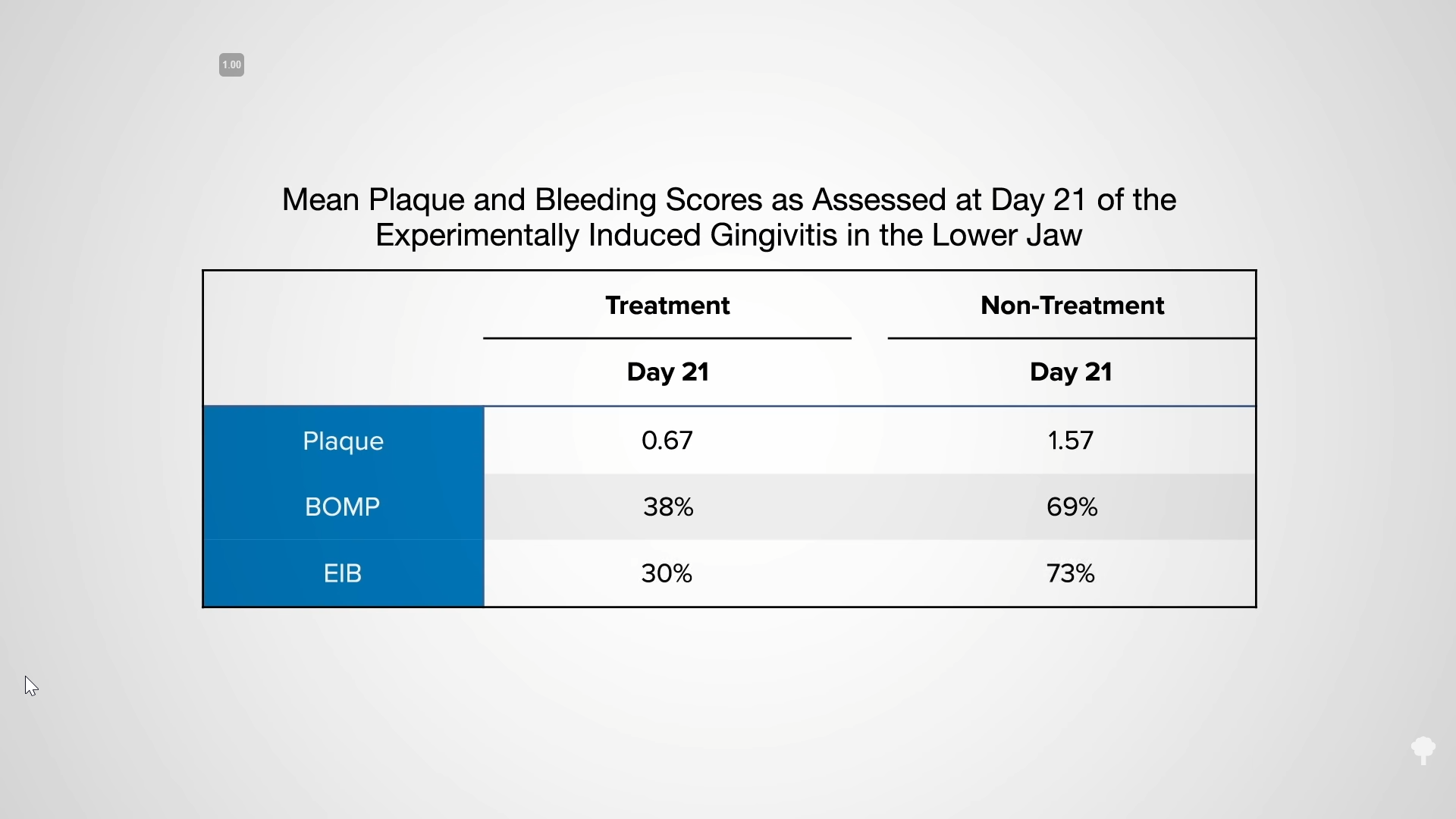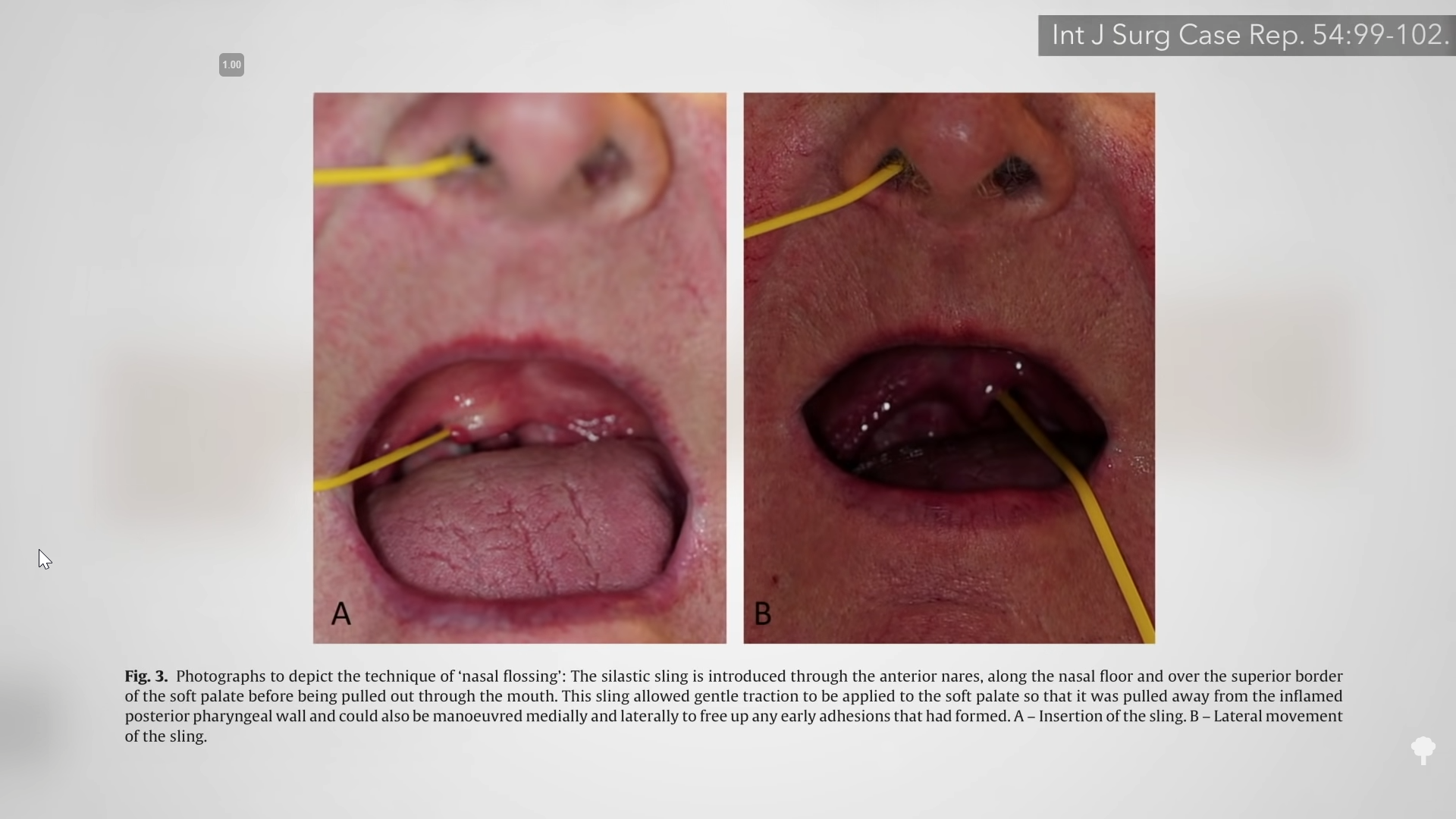[ad_1]
How good is the proof that flossing is efficient? In line with randomized managed trials, what’s the optimum toothbrushing and flossing sequence?
“Through the years, it has been typically accepted that using dental floss has a optimistic impact on eradicating plaque. The American Dental Affiliation (ADA) even stories that as much as 80% of plaque could also be eliminated by this methodology.” How do we all know? You possibly can use what’s known as a split-mouth design, the place every particular person can act as their very own management—for instance, by flossing solely one-quarter of their mouth. Researchers requested research individuals to cease brushing their decrease jaw in order that plaque would construct up, then they had been randomized to floss half and depart the opposite half because the non-flossed management. As you’ll be able to see under and at 0:37 in my video Ought to You Floss Earlier than or After You Brush?, not solely did flossing minimize plaque by about 60 % after simply three weeks, extra importantly, it additionally halved gingivitis indicators—bleeding on probing and one other index of gum irritation. Observe, although, that this in contrast flossing to doing nothing. The research topics weren’t allowed to brush their decrease jaw. So, flossing is best than nothing, however is flossing plus brushing higher than simply brushing alone?

“The advocacy of floss as an interdental cleansing gadget hinges, largely, on widespread sense,” however widespread sense doesn’t go very far as a type of proof. You don’t actually know till you place it to the check. What’s the efficacy of dental floss along with a toothbrush? Surprisingly, solely Three out of the 11 research the researchers checked out discovered a major additional benefit.
The anti-flossers had been positively giddy, evaluating dentists who continued to advocate flossing within the face of the info to flat-earthers. Dentistry is a career “in denial,” they wrote. “Over 80% don’t floss commonly and it’s laborious to simply accept that these ‘the nice unflossed’ had been proper and we, ‘the extremely educated intelligencia’ may very well have been unsuitable…Flossing doesn’t work—recover from it!”
So, you’ve heard of the tooth fairy. Is flossing just a few tooth fairy story? The assessment displaying that solely Three out of 11 research discovered a major profit to flossing along with brushing was printed again in 2008. Since then, extra research have discovered that whereas the proof on extra plaque discount is weak, there’s a minimum of some proof that flossing with toothbrushing helps with gingivitis, which is a main cause you wish to scale back plaque anyway. Why may they not have discovered stronger proof? “Trials had been of poor high quality and conclusions have to be seen as unreliable,” so principally, we don’t have good proof both manner as a result of good research actually haven’t been completed.
Why not? Why wouldn’t Massive Floss fund the research? It seems that all floss works the identical. For those who examine unwaxed to woven to shred-resistant floss, all of them have about the identical plaque-removal efficacy, one thing all such research seem to have discovered. So, why would a floss firm fund a research to indicate that flossing basically is sweet if it will probably’t present that its product is best than one other? You may simply purchase its competitor’s floss.
The place can we stand at this time? “Though technically the proof for flossing is weak, extra importantly, the methodology and rigor of the research analyzing flossing effectiveness are additionally weak.” For instance, the research didn’t assess the frequency or high quality of individuals’s flossing. (You possibly can see an incorrect manner of flossing under and at 3:18 in my video.) The underside line is that the American Dental Affiliation continues to advocate brushing and flossing each day. However what’s the right sequence? Do you have to floss earlier than or after you sweep?

“Some dentists argue that flossing ought to come first since you fire up the particles and plaque that the toothbrush can brush away subsequently. The fluoride out of your toothpaste can be extra prone to attain the interdental areas [the spaces between teeth] if meals wedged in between the enamel is eliminated earlier than brushing.” Others, nonetheless, “advocate brushing be completed first and their rationale is that brushing enamel first removes the majority of the particles on the enamel and flossing afterward can take away interdental plaque higher. It might additionally pressure the remaining little bit of fluoride that’s left on the enamel from toothpaste into the interdental areas.” You don’t know till you place it to the check.
An article titled “The Effect of Toothbrushing and Flossing Sequence on Interdental Plaque Discount and Fluoride Retention: A Randomized Managed Scientific Trial” reported that flossing first gained—each when it comes to eliminating considerably extra plaque, in addition to getting extra of the fluoride between the enamel. “Once we use dental floss after brushing, a lot of the particles which might be eliminated by dental floss would keep in place.” The underside line is that flossing adopted by brushing is most well-liked.
What about oil pulling? Quick reply: Don’t do it. Lengthy reply: You’ll discover out in my four-part video collection listed under in Associated Movies.
Treating the reason for cavities by lowering added sugar consumption is an important factor for shielding your enamel, however is there anything we are able to do to enhance our oral well being? See under.
[ad_2]







































Discussion about this post